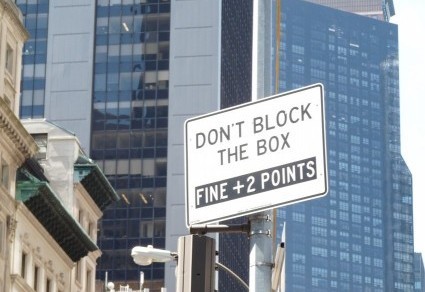The rule used to be “service with a smile,” to which employees in stores and restaurants at least paid lip service. (Pun intended.) The rule has changed. Witness this sign, which my granddaughter spotted in a flower market:

I certainly sympathize with selfie-opponents, having been backed into, stepped on, and nearly blinded by people more interested in proving that they’d seen something than in actually seeing it. Think for a moment: the amazing place/thing/person that prompts people to take selfies is behind them. And unless, like countless generations of parents, you claim to have eyes in the back of your head, you aren’t seeing what you’re snapping. My sympathy for the flower seller doesn’t change the fact that her customers aren’t receiving any smiles here.
Or here, as noted by my friend Sharon:

Grammatically speaking, an introductory verb form (“To Better Serve You,” which by the way displays a strange set of capital letters) modifies the subject. In this sentence, the implied subject is “you,” as you are the one who is supposed to “Refrain From Cell Phone Use.” I’m not quarreling with the sentiment expressed by this sign. Everything I said about selfie-shooters applies to many cellphone-chatters also. But in the sign, grammatically, no one is serving “You.” The sign really means “shut up and let me do my job and we’ll both be happier or at least not hate each other quite as much.” I think. The logic befuddles, but at least the sign writer was polite.
As was this one:

“Kindly”? Traditionally, that adverb was for the customer: “Kindly refrain from throwing paper money at the waiter,” or something like that. Here the restaurant believes that it is acting “kindly” by reminding you that you’re a dinosaur if you think you can pay with currency. I do like “cashless,” which, judging from the prices, isn’t going to be a problem for the owners unless their bank account is hacked.
I’ll end with refreshing honesty:

I prefer wine, but I think I’ll go to this restaurant anyway. Who can resist “mediocre service”?






















 In my ignorance I was ready to impose an “unauthorized part of speech” penalty — until I looked up “creative” in the dictionary, which enlightened me to the fact that “creative” can be a noun applied to people who, well, create for a living: writers, artists, composers, and so forth. Apparently I’ve been a “creative” for decades and never knew it.
In my ignorance I was ready to impose an “unauthorized part of speech” penalty — until I looked up “creative” in the dictionary, which enlightened me to the fact that “creative” can be a noun applied to people who, well, create for a living: writers, artists, composers, and so forth. Apparently I’ve been a “creative” for decades and never knew it.